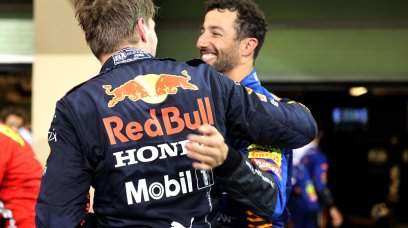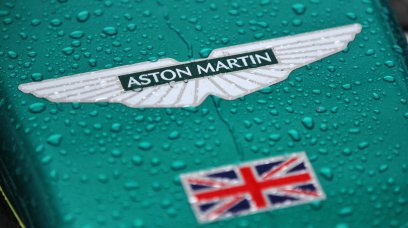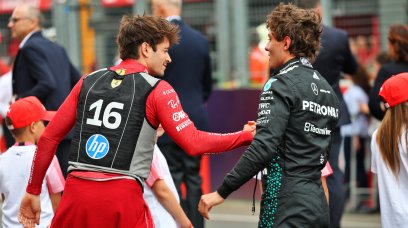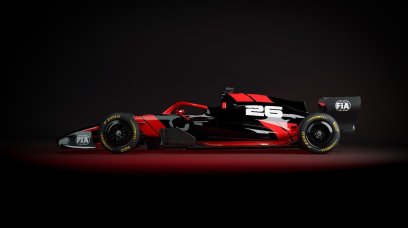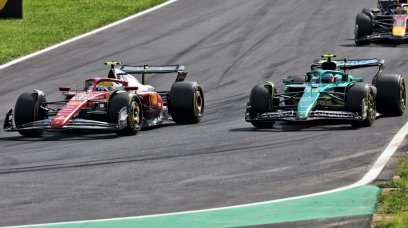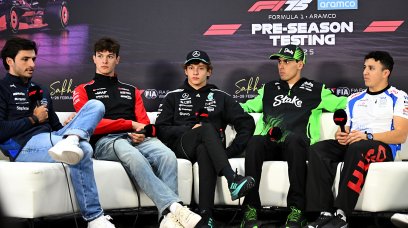With the Red Bulls and Ferraris occupying the first four places on the grid for the Saudi Arabian Grand Prix, the teams could make the decision to split their drivers in terms of strategy – given that tyre manufacturer Pirelli have explained the time difference between a one- and two-stop strategy is negligible. In theory, a one-stop strategy is the quickest option for the 50-lap race at the Jeddah Corniche Circuit, which would likely mean starting on the Medium tyre, before a swap to the Hard tyre for the second stint. Usually, the optimal strategy would be given to the driver the team are backing for the win, although it's far too early in the championship for a team to put their weight behind one or the other at what is just the second race of the season. It's likely going to be down to personal preference between the drivers but, on this occasion, it could be that the drivers squabble over the right to have a two-stop strategy. Given the high-speed nature of the track and the proximity of the barriers, interruptions in the form of Virtual or real Safety Cars are quite likely – meaning the two-stop may prove the wiser option. With Red Bull also seemingly a little tougher on their tyres than the Ferraris, could it be that Verstappen sets out his stall and commits to a two-stop from his relatively lowly fourth place, while Perez fends off the Ferraris up front on a one-stop?
How fast is the two-stop strategy?
Pirelli have explained that, since the teams are no longer bound to start the race on the tyres they used for their fastest times in Q2, the two-stop option is almost as quick as the one-stop, and may prove quicker in the event of high degradation. Those choosing the two-stop are likely to start the Grand Prix on the Medium, pitting earlier to switch to the Hard compound, before running another Medium for the final stint. If the teams are confident, they could also try a set of Softs for the final stint as the car weight decreases as fuel is burned off. Pirelli have also acknowledged the high potential for an interruption during the race, saying the strategy options are only "theoretically optimal". "In reality, the teams will have to just think on their feet," they wrote in their official race preview. "[They will have to] adapt to the race circumstances, which can change very quickly."
Isola: There are a few strategy options on the table
Pirelli motorsport boss Mario Isola offered his opinion on the strategic options open to the teams, saying there will be an element of figuring it out on the fly during the race due to not knowing how extreme tyre graining could be. "Pole was just seven-tenths off last year's best time here in Jeddah, which is a great achievement in only the second race for these brand new cars," he said. "The teams focused on the Soft compound from practice [on Saturday] morning in preparation for using it in qualifying. This also means that the majority of drivers have kept two sets of Medium and one set of Hard, which probably indicates that they will prefer to use these two compounds. "But all the runs today, both in free practice and qualifying, were relatively short, so it's hard to know exactly how the levels of graining have evolved. "As a result, the strategy is open between a one-stop and a two-stopper, depending on the actual levels of degradation experienced during the race, which of course depends on a number of different factors."
Most read

